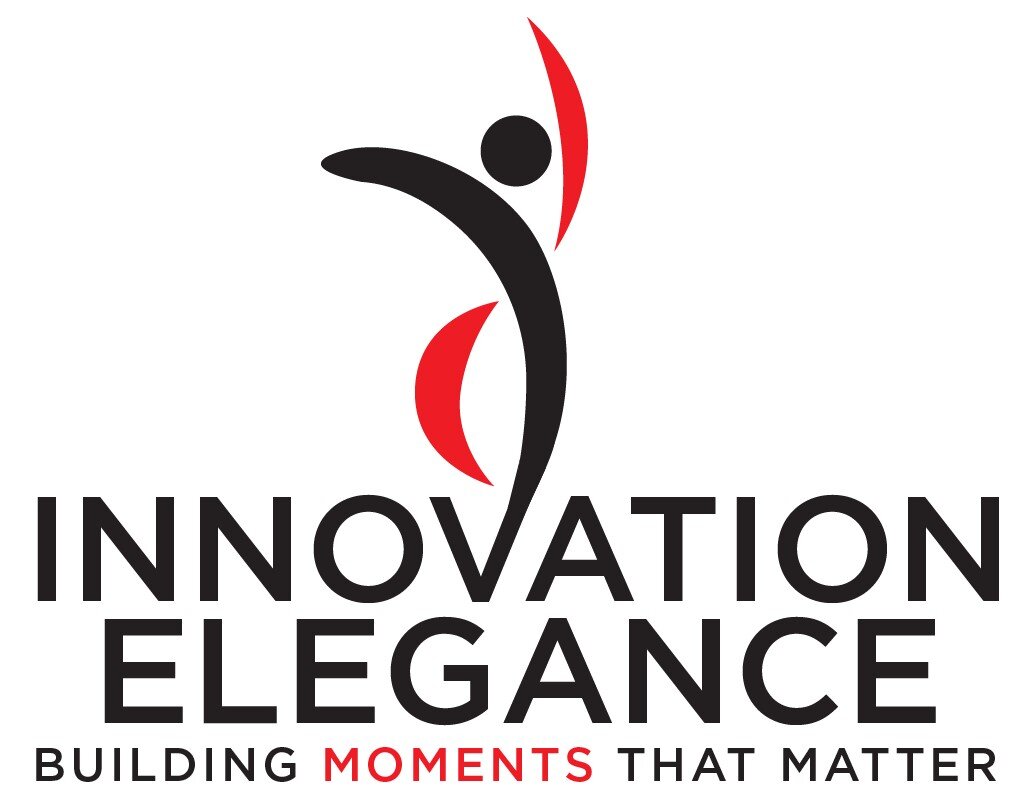Moments That Matter
You innovate because the status quo isn’t acceptable. You innovate because your customers and employees want and deserve better. You innovate in order to flip negative surprises into Moments That Matter.
As you observe your stakeholders, you note negative experiences and negative surprises that they have. These experiences might merely be sporadic, mild, sampling errors. Or they might be more significant systemic or systematic errors. In either case, the more frequent and more acute the pain, the more urgent and more valuable it is for you to re-engineer their experience. As you succeed in alleviating more and more of their points of pain, you are able to build experiences that are uniquely positive – positive surprises – Moments That Matter.
The performing arts provide a model for Moments That Matter. This is why the Elegance methodology emphasizes them – there is much to learn, enjoy, and profit. Examples include …
In the art of music, the ensemble plays a certain chord or climactic sequence that stick in the audience’s memory
In the art of parenthood, the moments that matter are your child’s first words, first steps, and a graduation ceremony
In the art of improv, the moments that matter are when a scene unfolds in a fun, surprising way to the delight of audience and actors
Moments That Matter apply to your customer’s experience and your employee’s experience. No one expects every day to be sunshine and roses – “That’s why they call it work!” – but you can adopt certain language and habits (the Five Verbs) to shape your culture to imitate traits of the performing arts.
More examples from the performing arts include:
In the martial arts, the moment that matters is one pivotal motion that neutralizes your opponent
In the art of dance, a couple executing a difficult or dramatic motion
In the art of theater, an actor performing an emotionally exuberant or devastating words or gesture
For an innovation team, the Moments That Matter are often in minutes of breakthrough and collaboration. A team might have been paralyzed on the best next step. A team might have disagreed on something, and now they agree. The team might have received positive feedback from a customer. Maybe you’ve heard a teammate exclaim, “The clouds opened up. Angels were singing!”
Executing the right habits are the reliable way to have these moments. The right habits for an innovation team include:
Get your Current State on paper
Execute the Five Verbs
Ruthlessly commit to your Asset Portfolio
Executing those habits results in Moments That Matter for every project team.
Many assets in innovation are built with caution and defensiveness in mind (project charter, status reports, test approach). A few assets are exactly where Moments That Matter appear.
Change Log
Future State Script
Future State Process Flows
These assets are where you place your universe of ambitions and boundless aspirations. These are where your innovation team makes sure customer delight is going to happen.
Teamwork is difficult. There are so many places where an innovation team is fragile and prone to a negative surprise. The right habits lead to precious moments and positive surprises for the team – when a teammate exclaims, “This is what all the hard work is for!”
While the assets above are where you lay the foundation for Moments That Matter, other assets are where downstream celebrations happen:
Approval for a certain part of the project
Training Delivery with enthusiastic students
Go-Live Date for customers
Don’t build a B-movie for your customer. Don’t execute a poor methodology for your employees. Build Star Wars, Harry Potter, or a superhero movie. Poor methodology ruins projects, relationships, and jobs. A good methodology nourishes projects, relationships, and jobs. A good methodology results in Moments That Matter.





